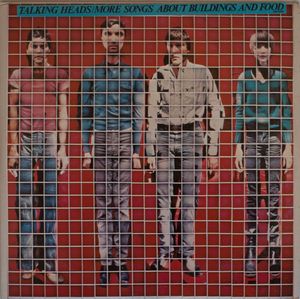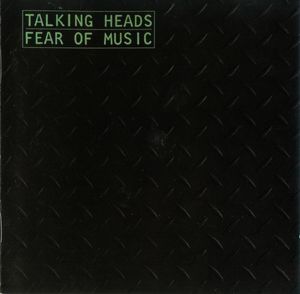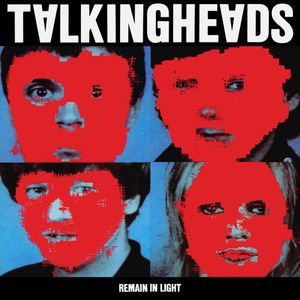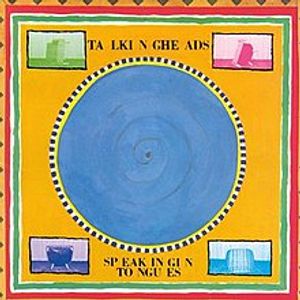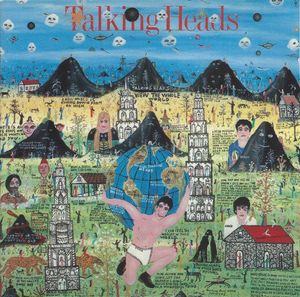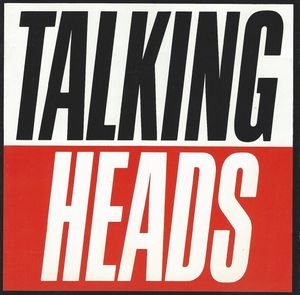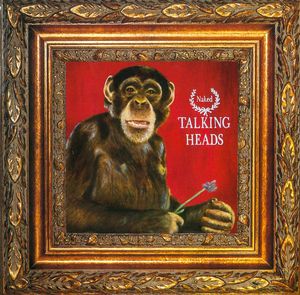
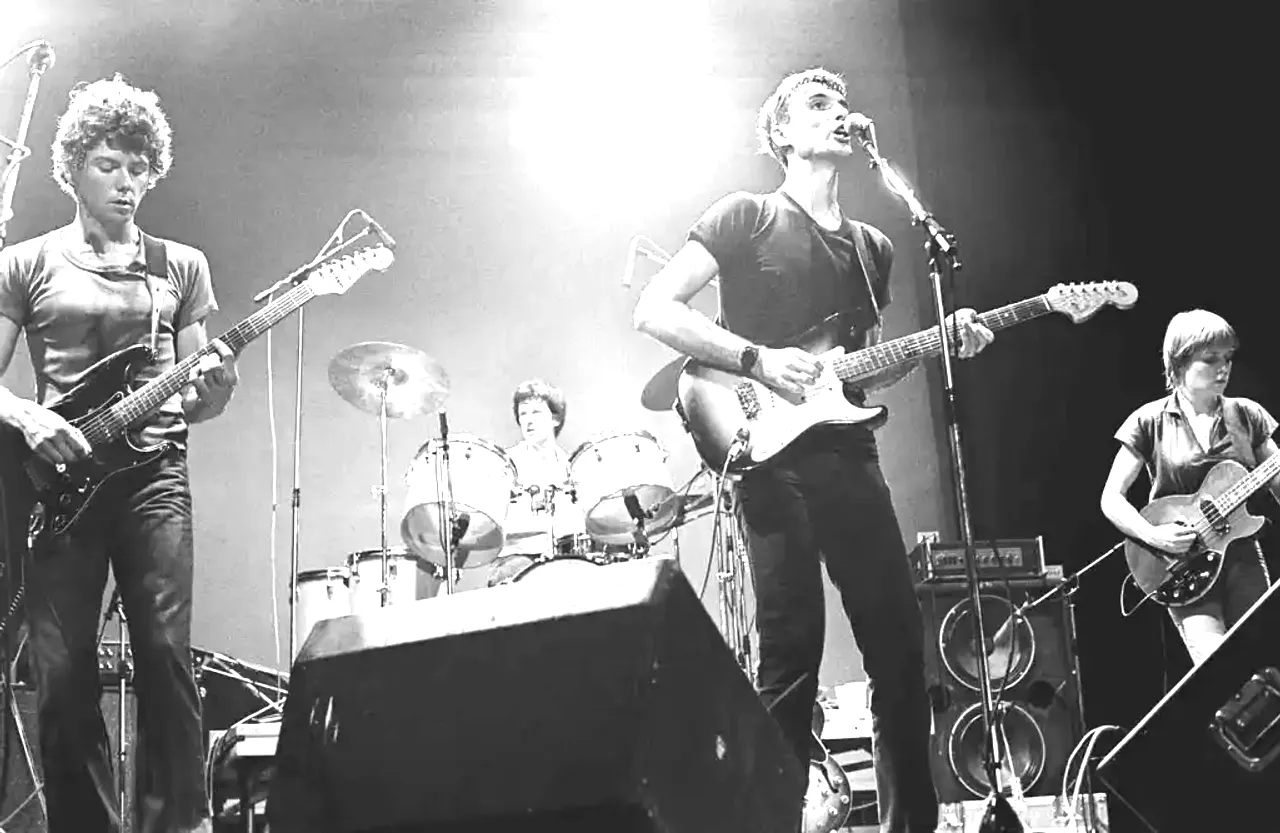
Talking Heads
Follow Your Favorite Band Today!
Top Talking Heads Community Posts
Band Timeline
Formation of the precursor to Talking Heads at Rhode Island School of Design
Formation of Talking Heads and first performance
Release of debut album 'Talking Heads: 77' and signing with Sire Records
Collaboration with Brian Eno and experimentation in music style
Commercial peak with 'Speaking in Tongues' and hit single
Release of concert film 'Stop Making Sense'
Later albums and evolving worldbeat influences
Disbandment of Talking Heads
Induction into the Rock and Roll Hall of Fame
Albums
Story of Talking Heads
Talking Heads: A New Wave Revolution
Talking Heads, an American rock band formed in New York City in 1975, were true innovators of the new wave sound. The band, comprised of David Byrne (lead vocals, guitar), Chris Frantz (drums), Tina Weymouth (bass), and Jerry Harrison (keyboards, guitar), became one of the most critically acclaimed groups of the 1980s. Their unique blend of punk, art rock, funk, and world music, coupled with their sharp, almost anxious image, set them apart from the pack.
Byrne, Frantz, and Weymouth met as freshmen at the Rhode Island School of Design, where Byrne and Frantz were already playing together in a band called the Artistics. The trio relocated to New York in 1975, adopted the name Talking Heads, and quickly became a fixture in the city’s burgeoning punk scene. They recruited Harrison to complete their lineup.
Their debut album, Talking Heads: 77, released in 1977, received positive reviews. Their collaboration with British producer Brian Eno on the albums More Songs About Buildings and Food (1978), Fear of Music (1979), and Remain in Light (1980), proved to be a turning point. These albums showcased their artistic sensibility, infused with influences from artists like Parliament-Funkadelic and Fela Kuti.
As the 1980s progressed, Talking Heads expanded their sound, adding additional musicians to their live performances and recordings. Notable collaborators included guitarist Adrian Belew, keyboardist Bernie Worrell, singer Nona Hendryx, and bassist Busta Jones.
Talking Heads achieved their commercial peak in 1983 with the US Top 10 hit “Burning Down the House,” from their album Speaking in Tongues. The following year, they released the iconic concert film Stop Making Sense, directed by Jonathan Demme. This film captured their energetic performances, featuring Worrell, guitarist Alex Weir, percussionist Steve Scales, and singers Lynn Mabry and Ednah Holt.
Talking Heads left an undeniable mark on music history. Their innovative blend of genres and their unique artistic vision helped define the new wave era, solidifying their place as one of the most influential and beloved rock bands of all time.
Bands you may like
More Funk Rock Bands
Explore Funk RockDiscover more bands in the Funk Rock genre and explore the diverse sounds that define this musical style.
Browse All Funk Rock BandsMore Bands from United States
Explore United StatesDiscover the rich musical heritage of United States and explore bands that represent the country's unique sound and culture.
Browse All United States Bands

